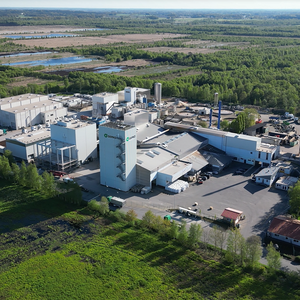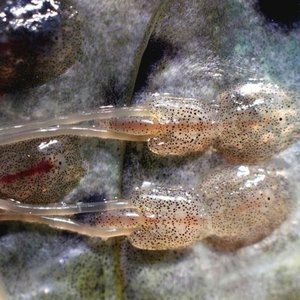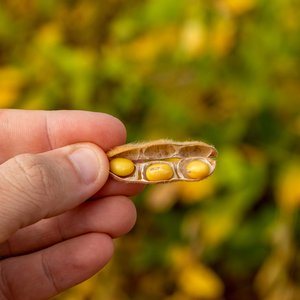[Missing: https://www.youtube.com/watch?v=uxH43-Xs3R4]
Salmon have a very limited ability to make EPA and DHA. The concentration of EPA and DHA in their flesh is directly linked to their diet, which in the wild is rich in fish oil. Farmed salmon feed used to contain 100% fish oil, rich in EPA and DHA, but supplies of sustainable fish oil are limited. As salmon farming grows, more and more feed is required but the levels of available fish oil remain unchanged. The amount of fish oil used in feed is therefore decreasing and is now supplemented with an increasing percentage of vegetable oil, resulting in lower levels of EPA and DHA in salmon. Consumers need to be aware of the varying levels of EPA and DHA in salmon and ensure that they eat enough to reach the recommended intake levels of 250 mg per day, as recommended by the WHO.
"In making this video, we hope that both retailers and consumers look closely at the nutritional content of the salmon that we eat. As an industry, it is important to ensure that nutritional levels in farmed fish are clearly communicated to consumers," said Andrew Mallison, Director General, IFFO










